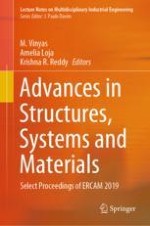2020 | OriginalPaper | Buchkapitel
13. Effect of Solar Optical Properties of Building Envelope on Time Lag, Decrement Factor and Energy Saving of Buildings
verfasst von : Debasish Mahapatra, T. P. Ashok Babu
Erschienen in: Advances in Structures, Systems and Materials
Verlag: Springer Singapore
Aktivieren Sie unsere intelligente Suche, um passende Fachinhalte oder Patente zu finden.
Wählen Sie Textabschnitte aus um mit Künstlicher Intelligenz passenden Patente zu finden. powered by
Markieren Sie Textabschnitte, um KI-gestützt weitere passende Inhalte zu finden. powered by
